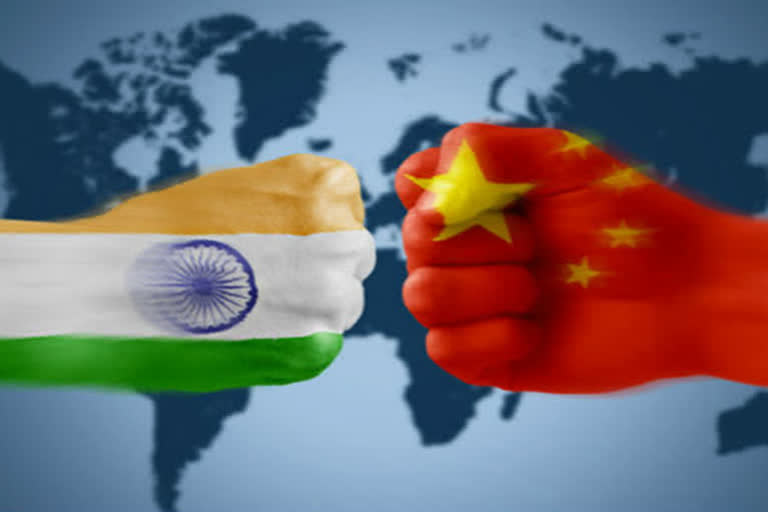Hyderabad: As India China agreed for disengagement after prolonged standoff, many have raised concerns on Line of Actual Control and India's position. According to Retired Lt General HS Panag, the disengagement is happening exactly as per China's 1959 claim line because India has no military capability to alter the situation.
What is the Chinese 1959 claim line on LAC?
The Chinese premier, in his letter dated November 7, 1959, first proposed the Chinese 1959 claim line. The Chinese claim line of 1959 originated with the 1914 Simla Convention, which demarcated McMahon Line that separated Tibet from India. The Chinese never raised any formal opposition to the McMahon Line since the agreement of the Simla Convention on 3 July 1914 until January 1959.
It was first contested in a letter written by Zhou Enlai, the first premier and head of government of the People's Republic of China to then Prime Minister Jawaharlal Nehru. In 1959, Chinese premier Zhou Enlai in a letter to PM Jawaharlal Nehru proposed that the forces of the two countries should withdraw 20 km from the "Mc Mohan Line in the east and from the line up to which each other sides exercises actual control in the West."
Chinese references to 1959 claim line
Specific reference to the 1959 LAC was made in the Chinese declaration of a unilateral ceasefire on November 21, 1962, signalling the end of the 1962 India-China war. Peking Radio announced that “Beginning from December 1, 1962, the Chinese frontier guards will withdraw to 20 km behind the Line of Actual Control which existed between China and India on November 7, 1959."
Despite the Indian Army's major defeat, Nehru refused to accept the Chinese version of the 1959 LAC. In 1963, Nehru had told China there is no sense or meaning in Beijing's offer to withdraw from what it called the LAC.
Later, the rapprochement following PM Rajiv Gandhi's visit to Beijing in 1988 led to a series of border agreements that were preceded by discussions on the alignment of the LAC.
